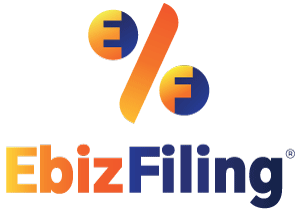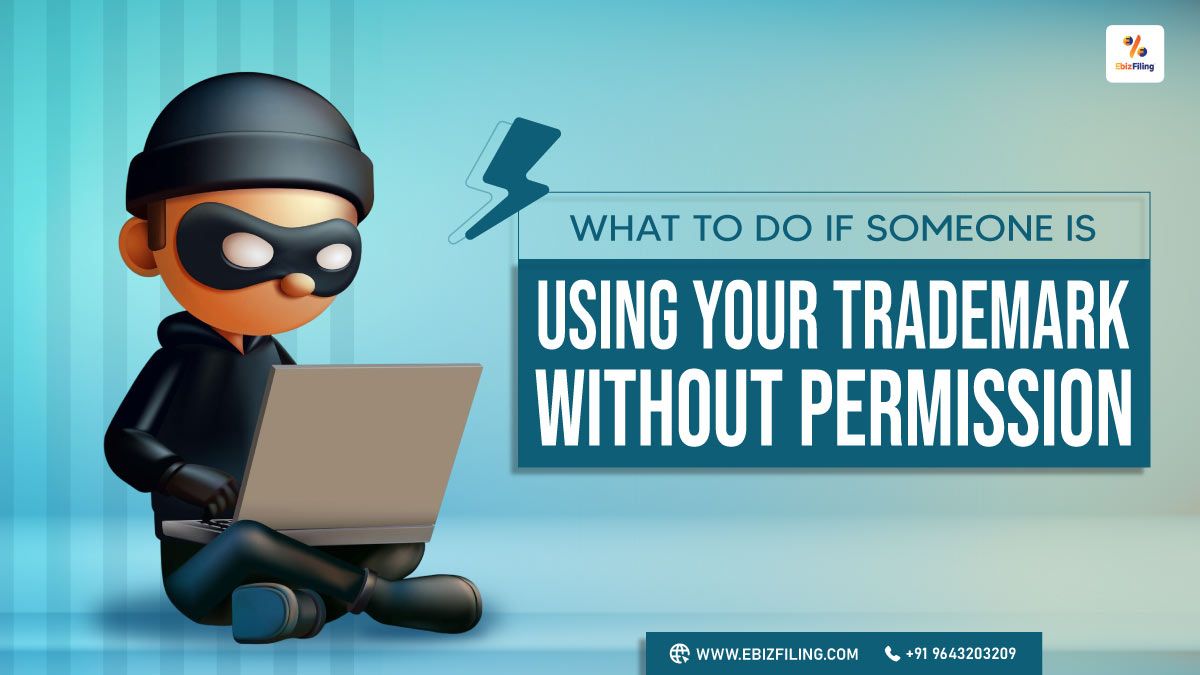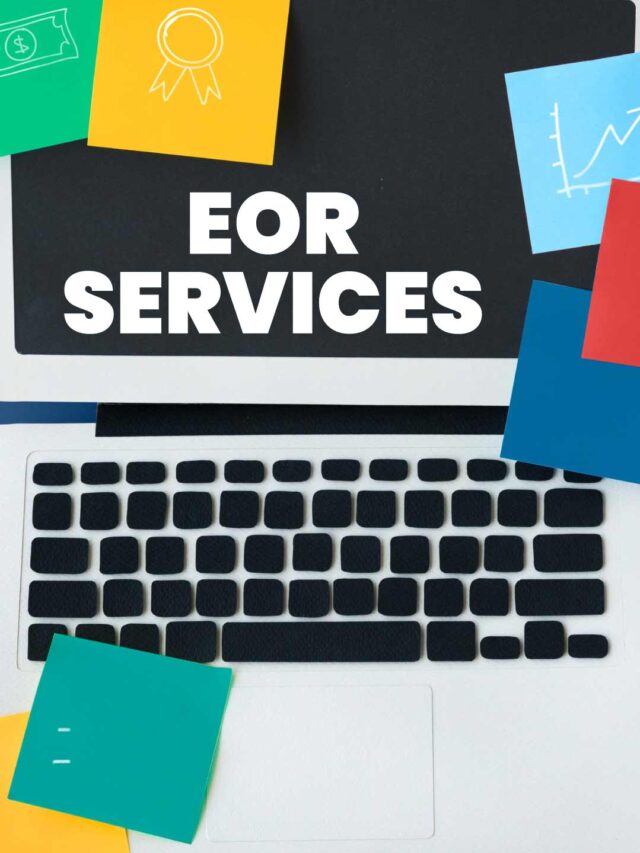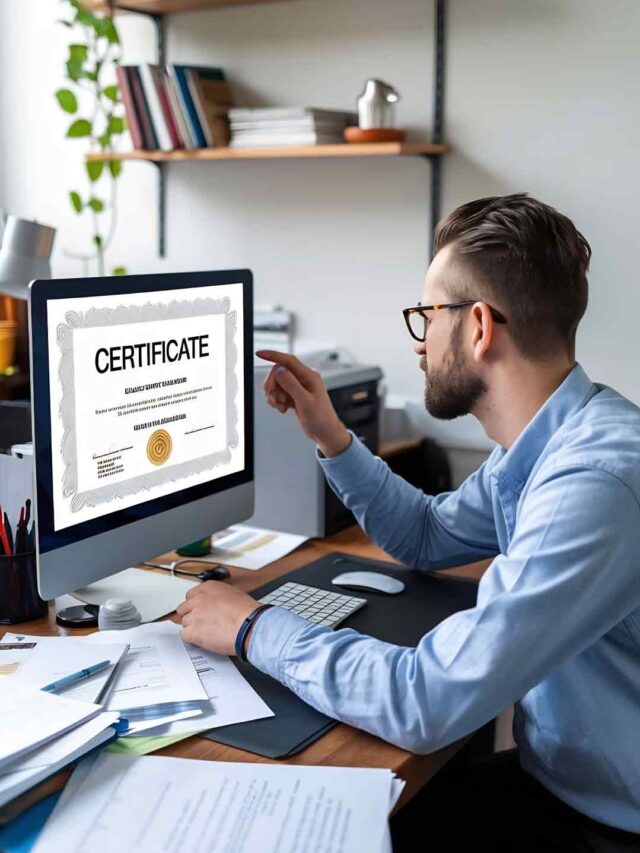Step-by-Step Legal Procedure for Trademark Infringement
1. Gather Evidence:
- Identify the Intruder: Who is using your trademark? Get their name, address, and any relevant contact information.
- Document the violation: Take screenshots of their website, social media pages, product packaging, advertisements, or any other materials showing their use of your trademark. Note the date and time.
- Compare Marks: Clearly show how their mark is identical or confusingly similar to yours.
- Show Similarity of Goods/Services: Demonstrate that they are using the mark for similar goods or services to yours, which increases the likelihood of consumer confusion.
2. Consult a Trademark Attorney:
This is the most crucial step. A qualified trademark lawyer can assess the strength of your case, explain your legal options, and guide you through the process. They can determine if the violation is likely to cause confusion, which is key to a successful claim.
3. Send a Cease and Hold Back Letter (First Step, often):
- Your attorney will usually draft and send a formal “cease and desist” letter to the breacher. This letter informs them that they are violating your trademark rights, demands that they stop using the mark immediately, and often asks for an accounting of their profits from the breaching use.
- It clearly outlines the legal consequences if they fail to comply. Sometimes, this letter alone is enough to resolve the issue, as the breacher might not have been aware of your trademark or the legal implications.
4. Negotiation and Settlement:
- The breacher might respond to the cease and desist letter by denying, violating, offering to negotiate, or agreeing to stop. Your attorney can help you negotiate a settlement, which might involve them agreeing to stop using the mark, paying you damages, or entering into a licensing agreement.
5. Mediation or Arbitration (Alternative Dispute Resolution):
- If direct negotiation doesn’t work, but both parties want to avoid a full-blown lawsuit, they might agree to mediation (where a neutral third party helps facilitate a solution) or arbitration (where a neutral third party makes a binding decision).
6. File a Lawsuit:
If all other attempts fail, and the breach continues, your attorney may advise filing a trademark breach lawsuit in court. This is a complex and often expensive process.
- Injunction: You might seek an injunction, which is a court order forcing the infringer to stop using your trademark.
- Damages: You can also seek monetary damages to compensate for the harm caused by the breach, including lost profits, damages to your reputation, and sometimes even corrective damages if the breach was willful.
- Attorney’s Fees: In some cases, the court might order the breacher to pay your attorney’s fees.
Advantages of Taking Action Against Trademark Infringement
- Protects Your Brand Identity: Stops dilution and confusion in the marketplace.
- Safeguards Your Reputation: Prevents consumers from associating your brand with inferior or unauthorized products.
- Preserves Brand Value: Your trademark is an asset; protecting it maintains its financial and market value.
- Discourage Future violators: Sends a strong message that you will defend your intellectual property.
- Recovers Damages: Potentially recovers financial losses incurred due to the violation.
Disadvantages of Taking Action Trademark Infringement
- Costly: Legal fees, especially if it goes to court, can be very high.
- Time-Consuming: Litigation can drag on for months or even years.
- Uncertainty: There’s no guarantee of winning, and the outcome can be unpredictable.
- Publicity: Lawsuits can attract negative publicity for both parties.
- Stressful: Legal battles are inherently stressful.
Conclusion
Finding someone using your trademark can be frustrating, but you can take action. Registering your trademark is the first step to protect it. If someone uses it without permission, act quickly. Legal steps for trademark infringement include working with a lawyer, sending a cease-and-desist letter, and possibly going to court. It may take time and money, but protecting your brand is important. Your trademark is valuable defend it to keep your business strong.
Suggested Read :
Trademark Application Withdrawal
Trademark Clearance Certificate
Types of Trademark Assignments
Trademark Renewal vs Trademark Restoration
Legal Consequences of Logo Trademark Infringing











September 10, 2025 By Dhruvi
Can we apply for Logo and Wordmark Registration in Single Application? Introduction Businesses often wonder whether they can register both their logo and wordmark in one trademark application to save costs and simplify the process. Under Indian Trademark Law, it […]
September 10, 2025 By Dhruvi
Can I Use Different Colour Combinations After Applying Logo as a TM Application? Introduction When it comes to protecting your brand identity, every detail matters, including the colours in your logo. Many business owners are curious if they can change […]
August 4, 2025 By Dhruvi
Can You Legally Own an AI-Generated Brand Name in India? More and more Indian startups, influencers, and creators are turning to tools like ChatGPT, Namelix, and Shopify’s AI business name generators to craft brand names. But the question remains: Can […]